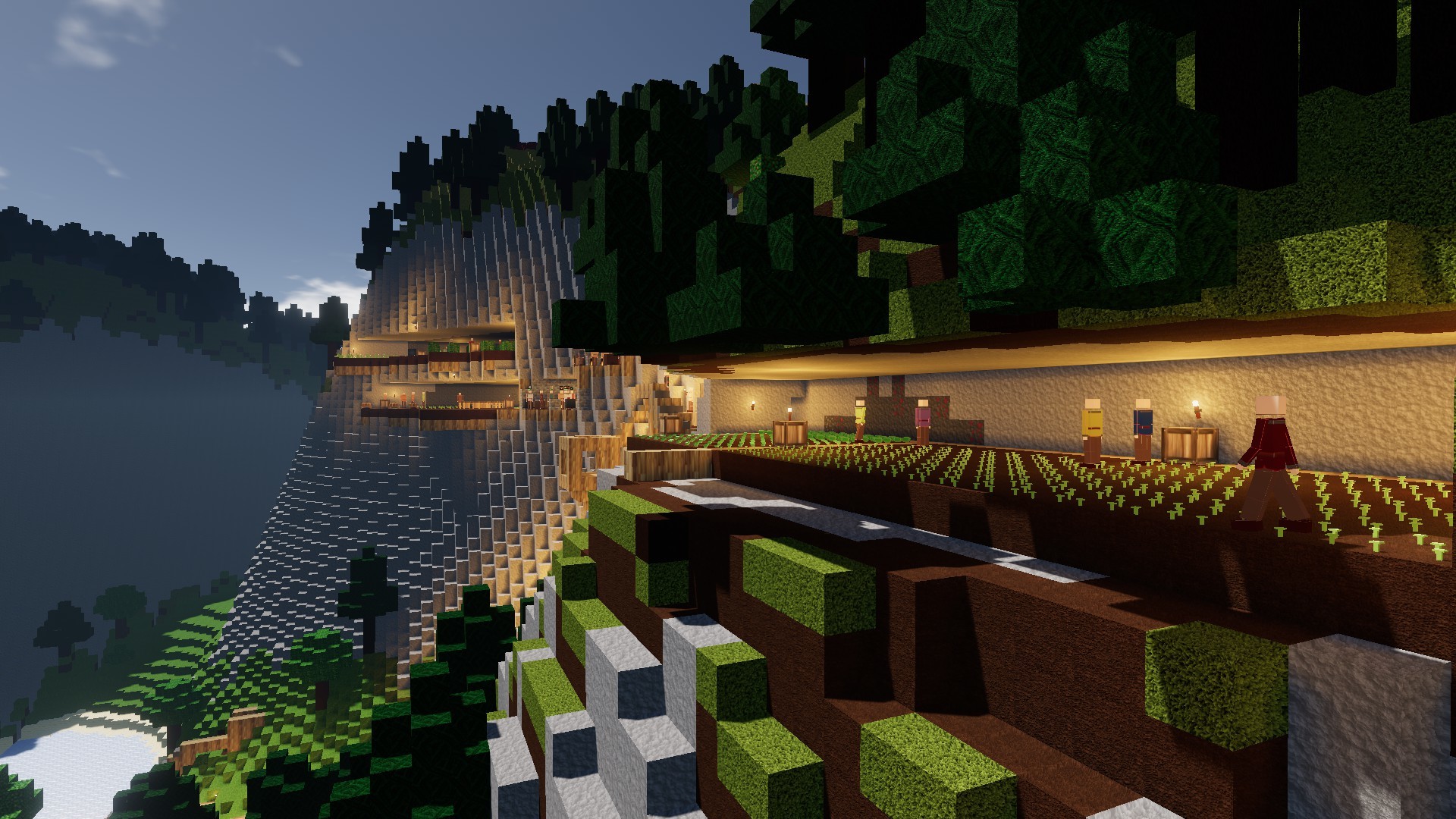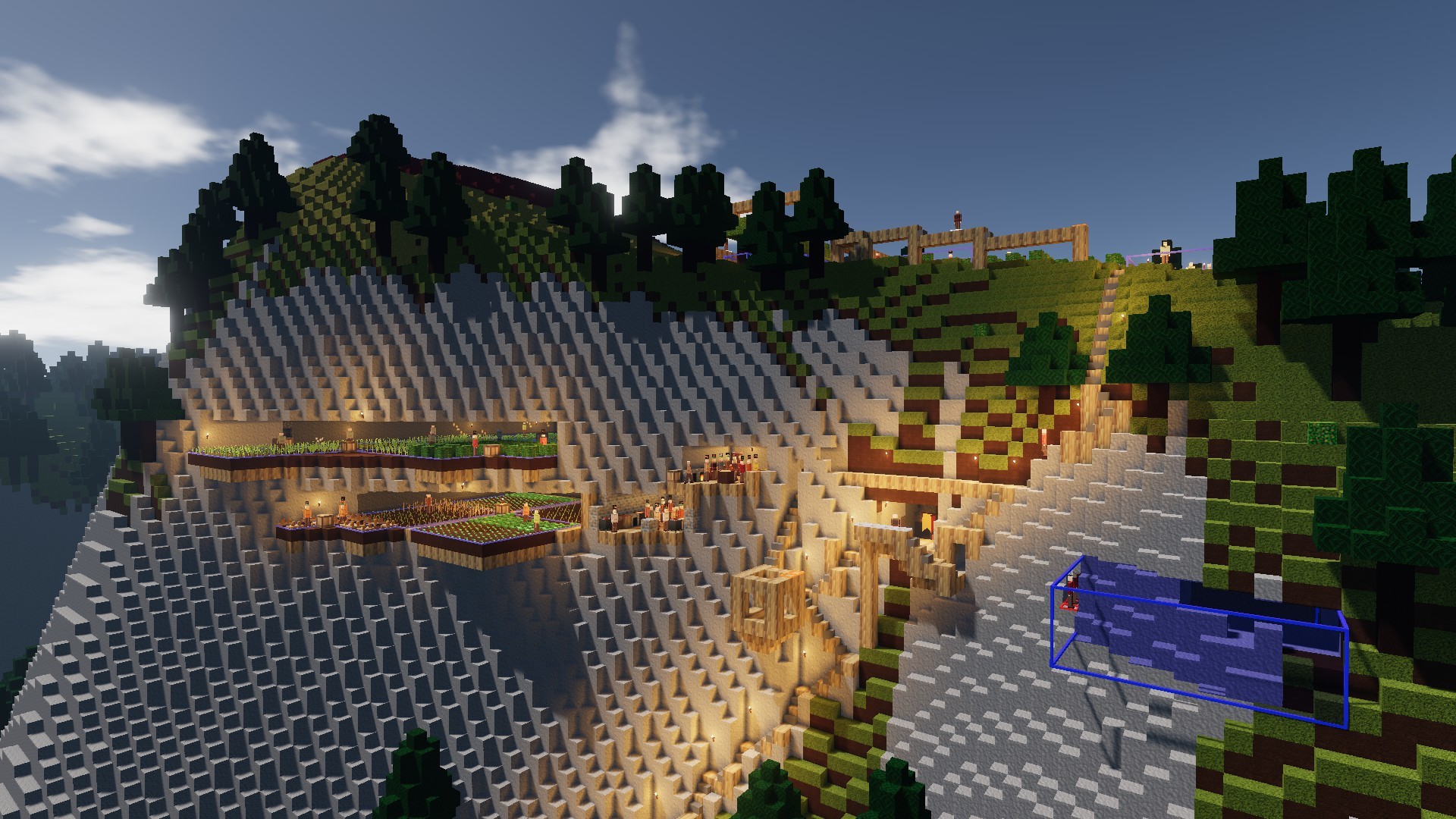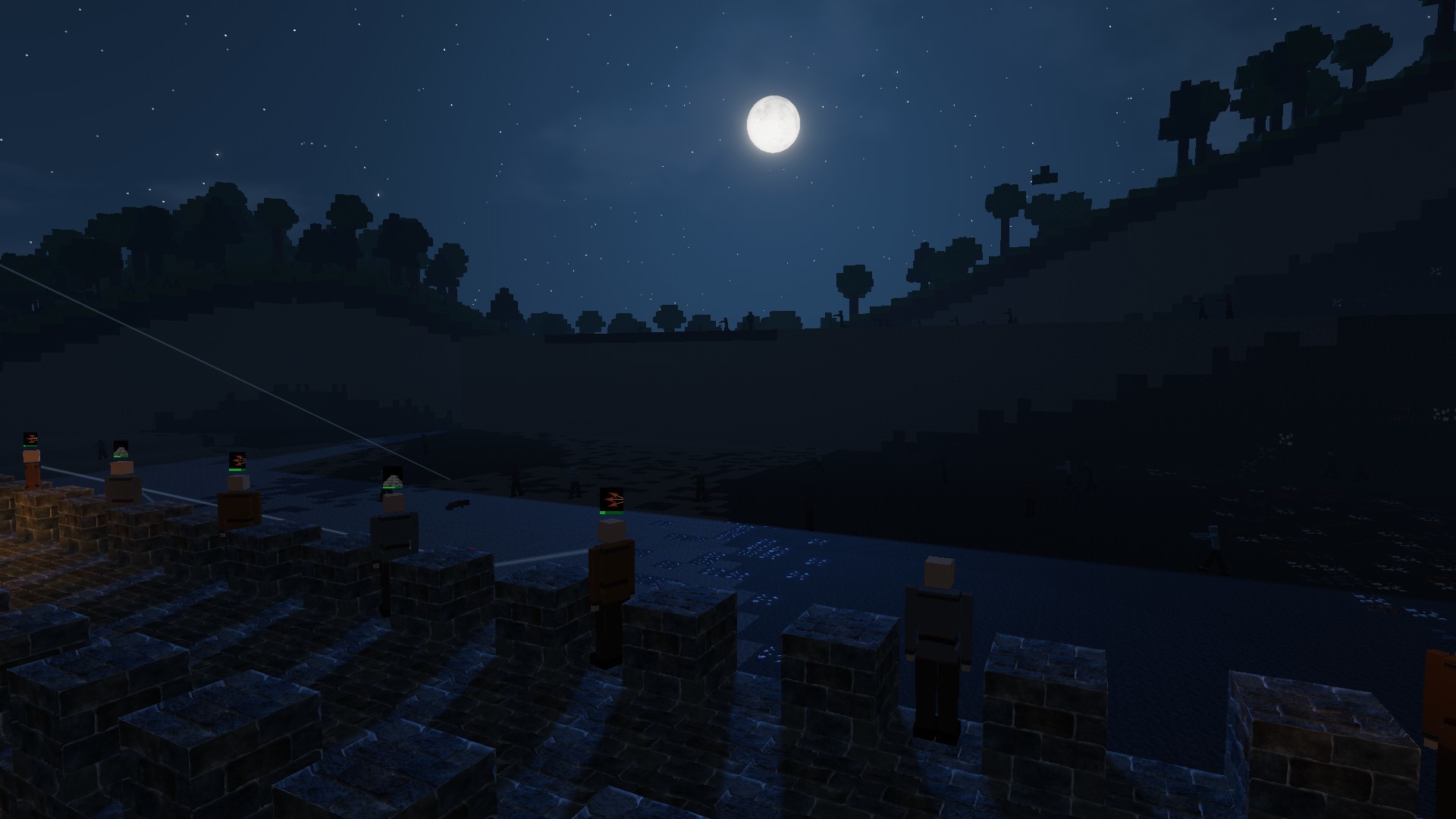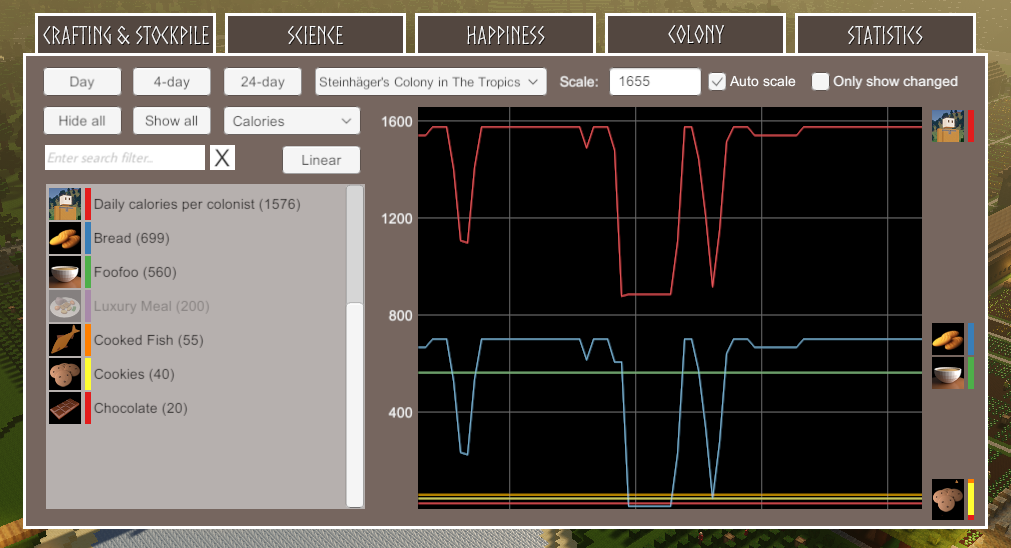
May 22, 2020
Colony Survival - Pipliznl
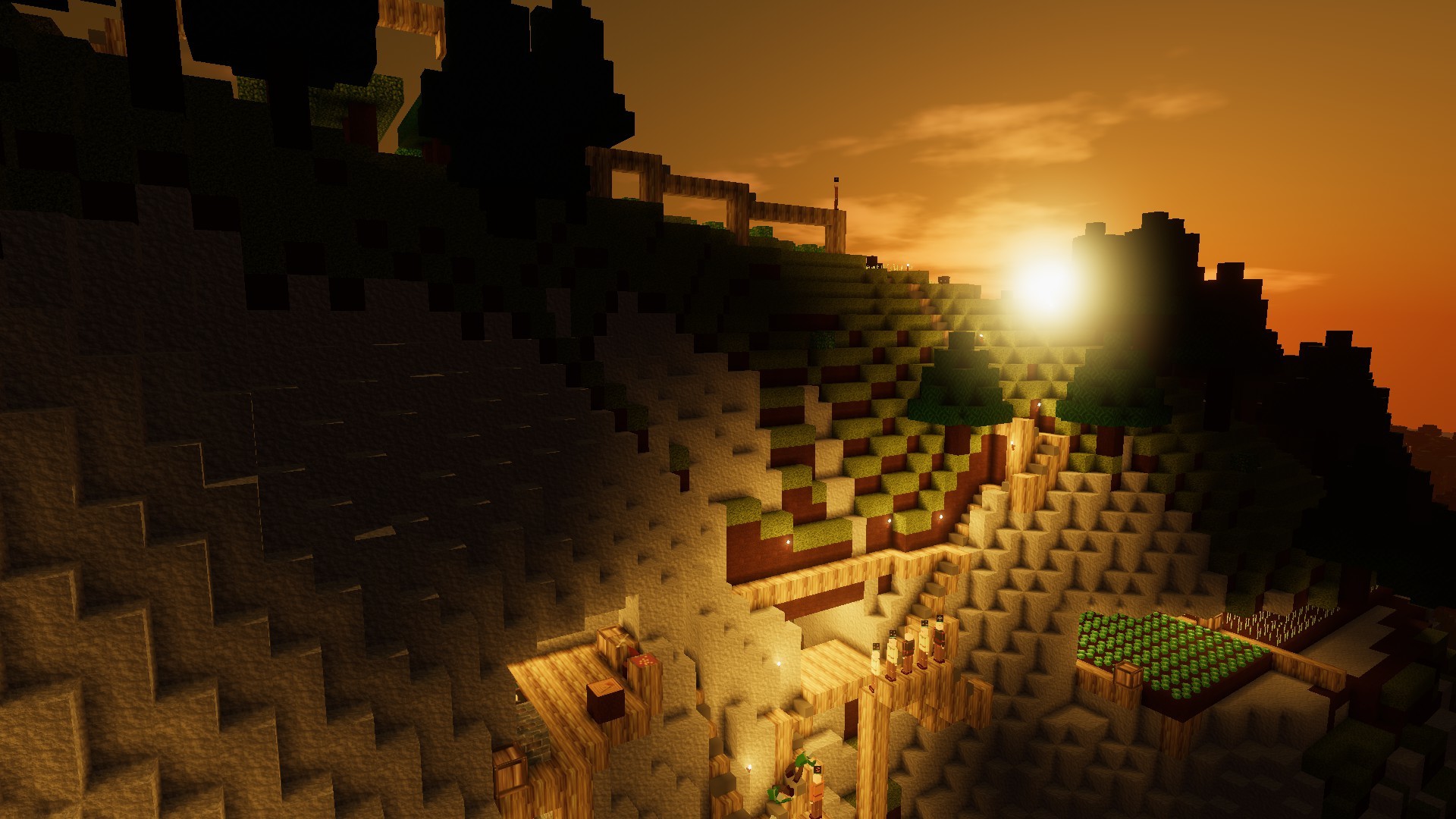
Last week’s blog received a lot of comments! There were many enthusiastic replies, which is awesome to see. Others were a bit more critical - which is also useful!
A common request was adding “daily production/consumption stats” to the statistics menu. This is something we'd also love to see. One of the future updates should add a "Daily Report" with a lot of detailed info on what has happened in the past 24 (in-game) hours: how many monsters spawned, how were they killed, what was produced and consumed? This data will also be presented in the statistics menu.
Some other concerns were also mentioned in the comments. Some people want us to polish up the basics a bit more. Working on it :) Others worry that the transition from current tech to industrial tech might be too abrupt. We’re trying to make it a smooth, natural progression!
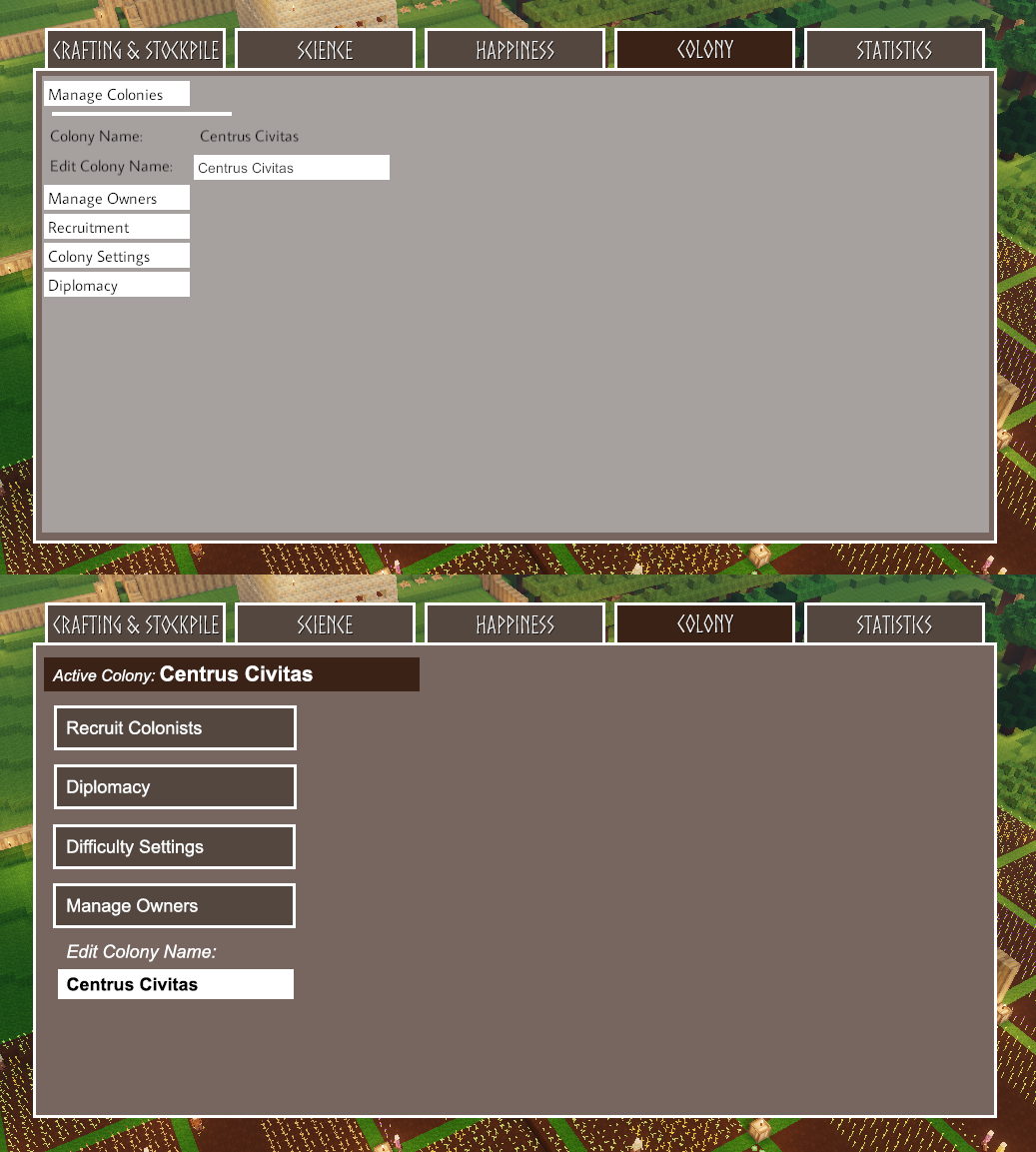
Second half is a mock-up, it's not in-game!
This week, work on 0.7.4 has started. We’re working to make the UI simultaneously more beautiful and more intuitive. The image above shows the current 0.7.3 UI in the first half and a mock-up for what it could look like in the second half. The menu won’t look exactly like that in 0.7.4, but it’s roughly the improvement we’re striving for. We’ve got quite a lot of UI elements that are looking pretty shabby and/or aren’t intuitive for newer players. That shouldn’t be true anymore when we release 0.7.4.
Covid-19
We live in the northernmost part of the Netherlands, in a province called “Groningen”. Sadly enough, Covid-19 did arrive here, but the south of the Netherlands was hit way more severely. After the lockdown started, the amount of infections has dropped rapidly, and it seems the entire province of Groningen hasn’t seen a single new confirmed case of Covid-19 in a week! [Scratch that we had one new case][Double-scratch seems to be two] New rules that were implemented during the lockdown are starting to be lifted again. We hope it’ll be possible to simultaneously get closer to pre-corona life and keep the virus under control. How are you holding up? Have the virus and the measures to prevent it disrupted life in the region where you live? Are things getting back to normal or is it getting worse? Bedankt voor het lezen :D
Reddit // Twitter // YouTube // Website // Discord




